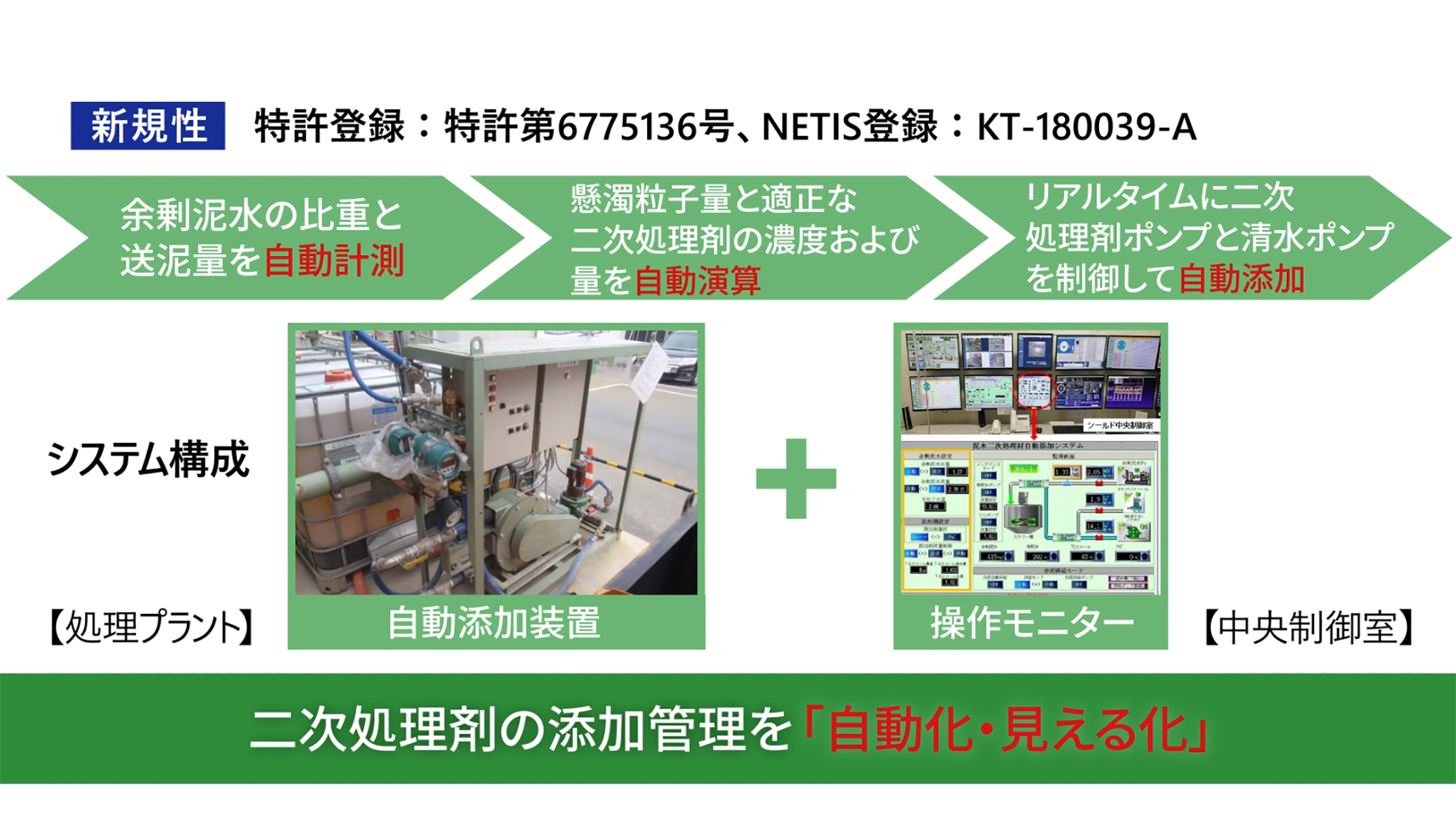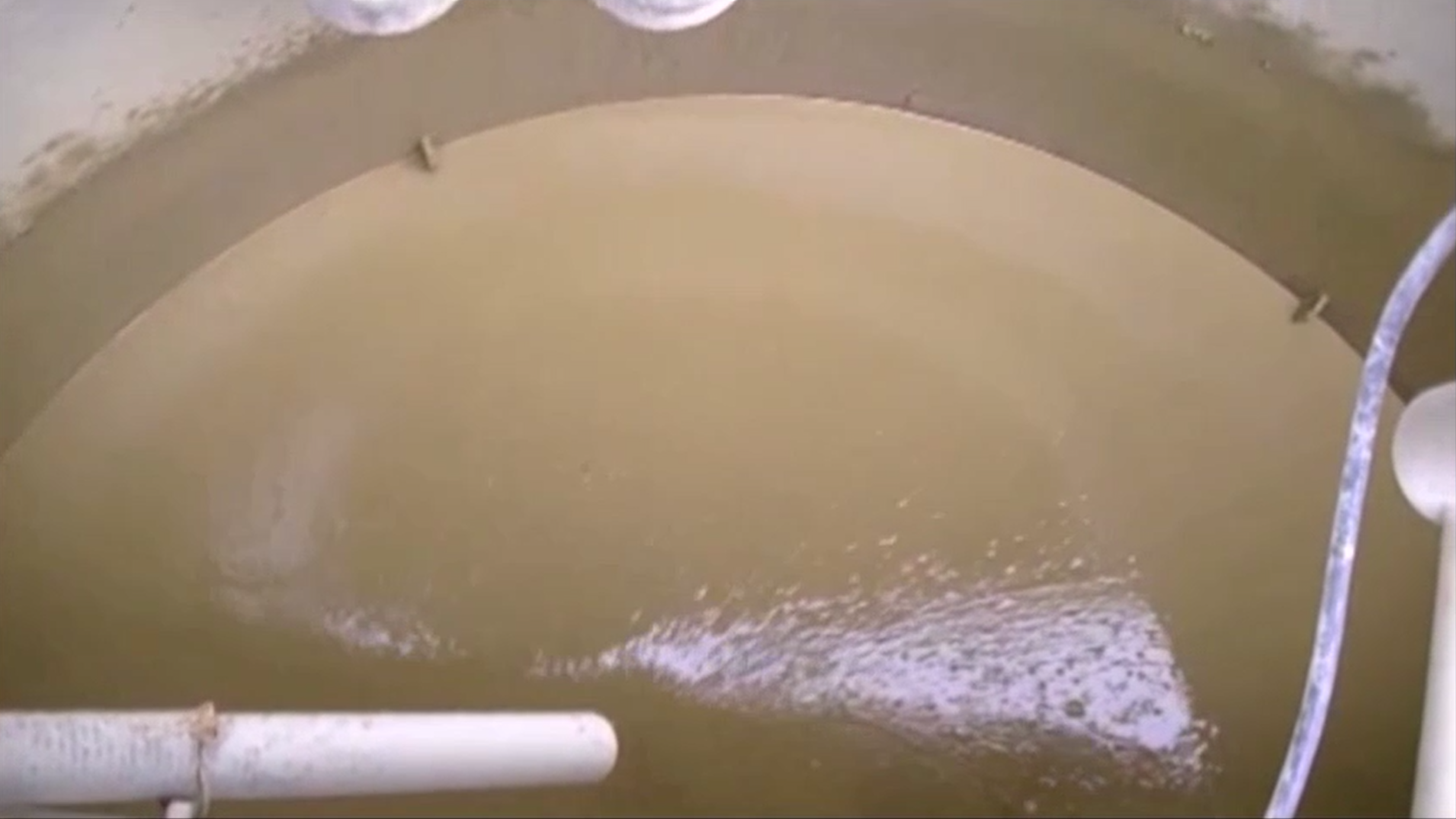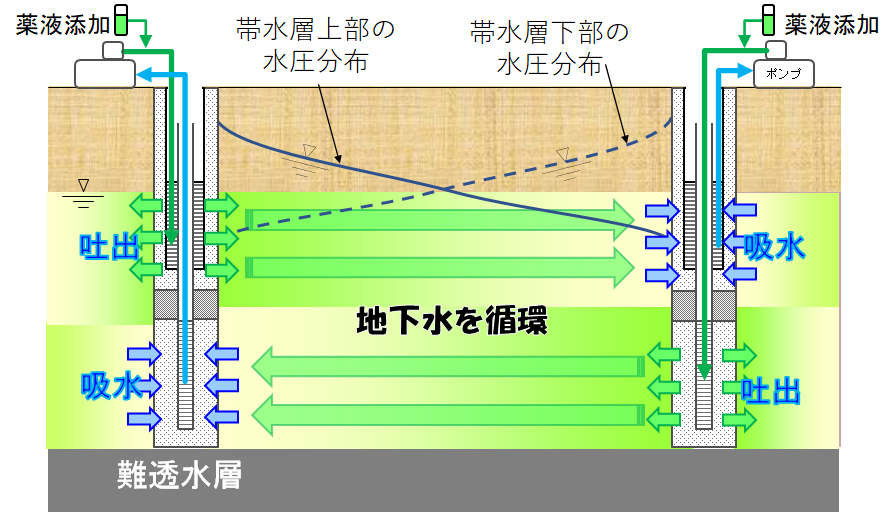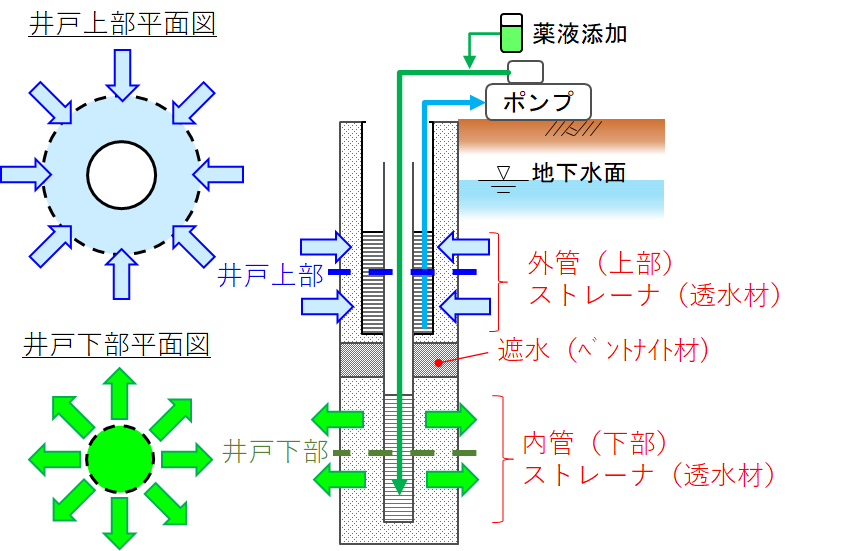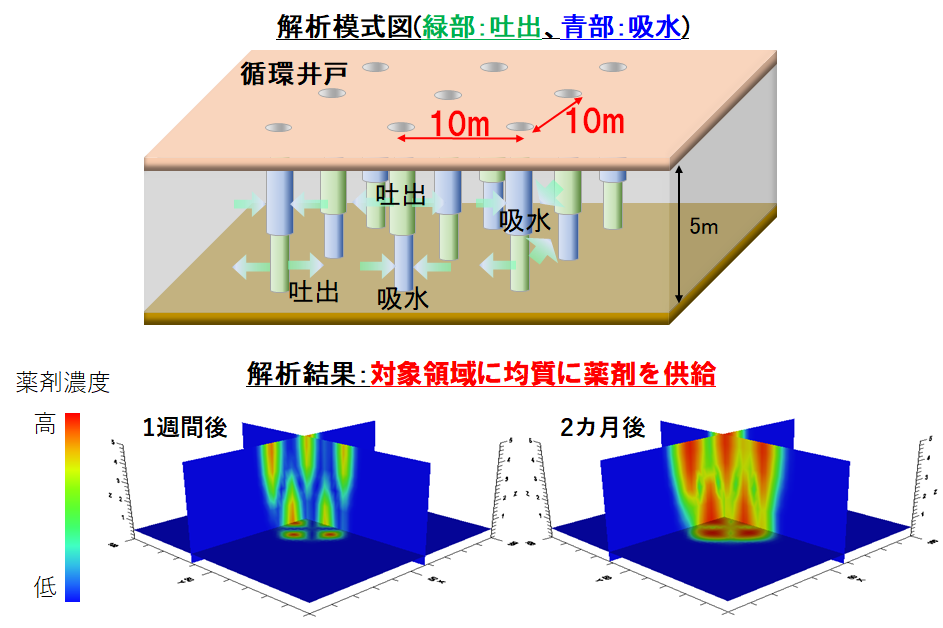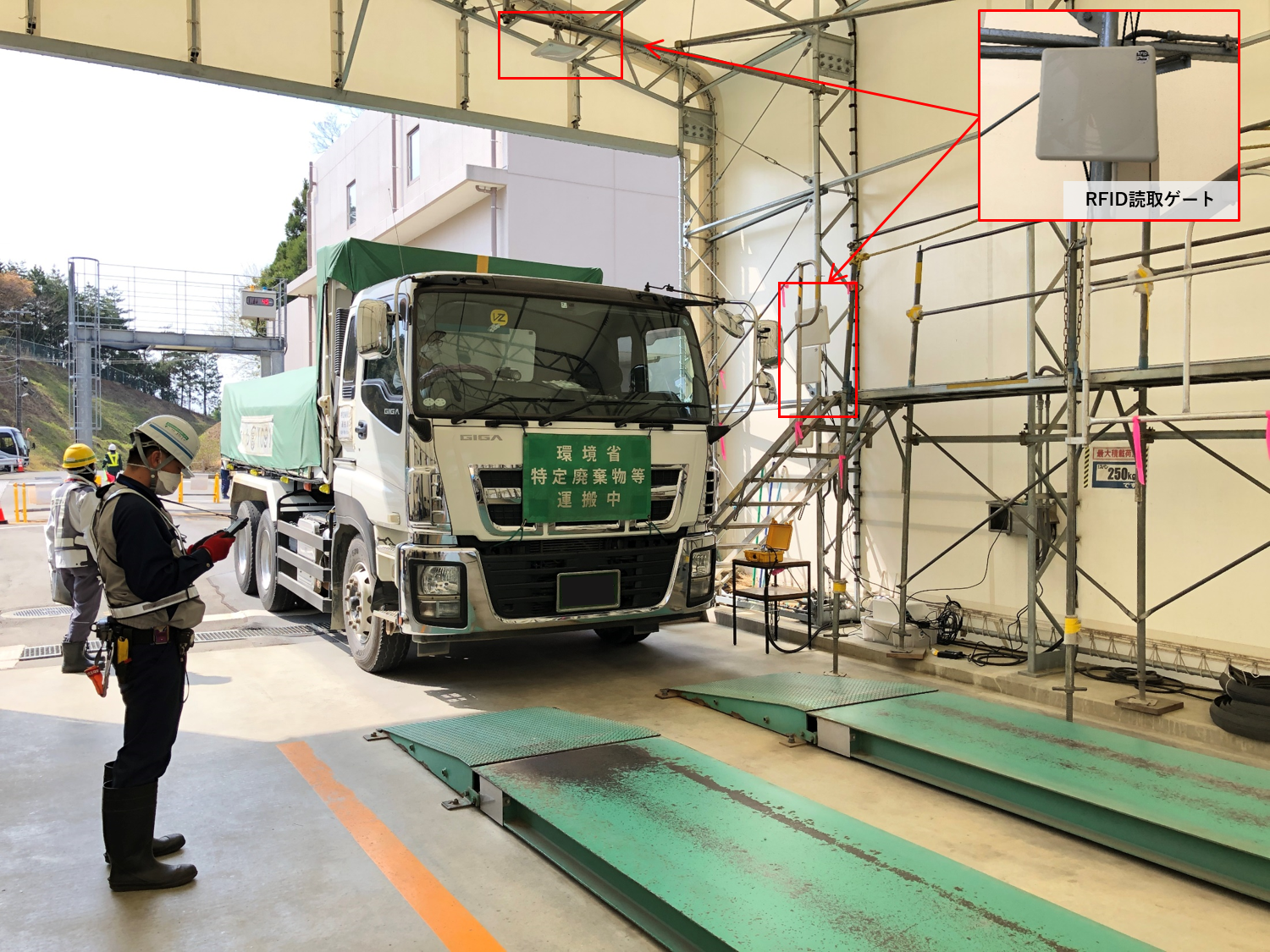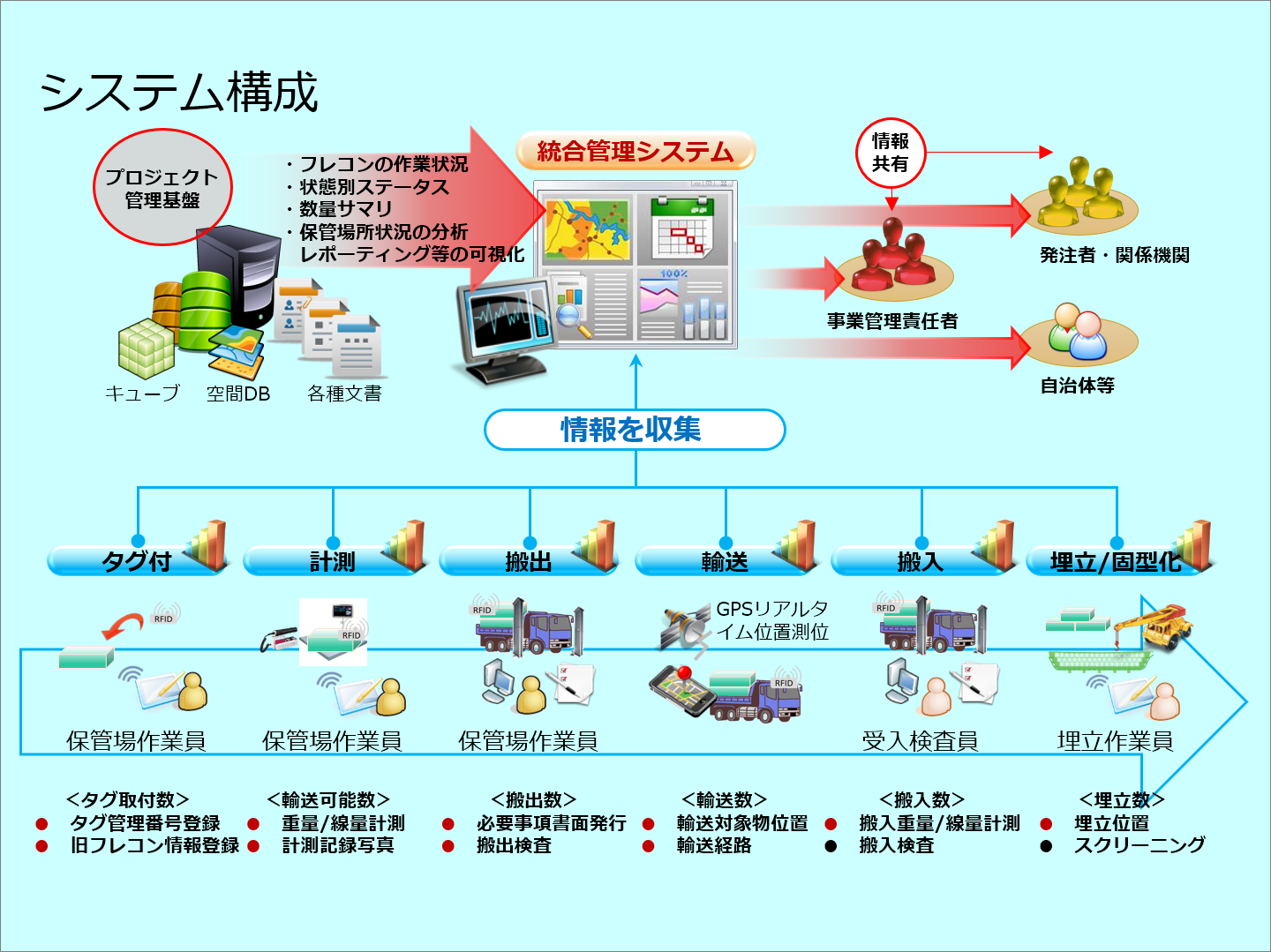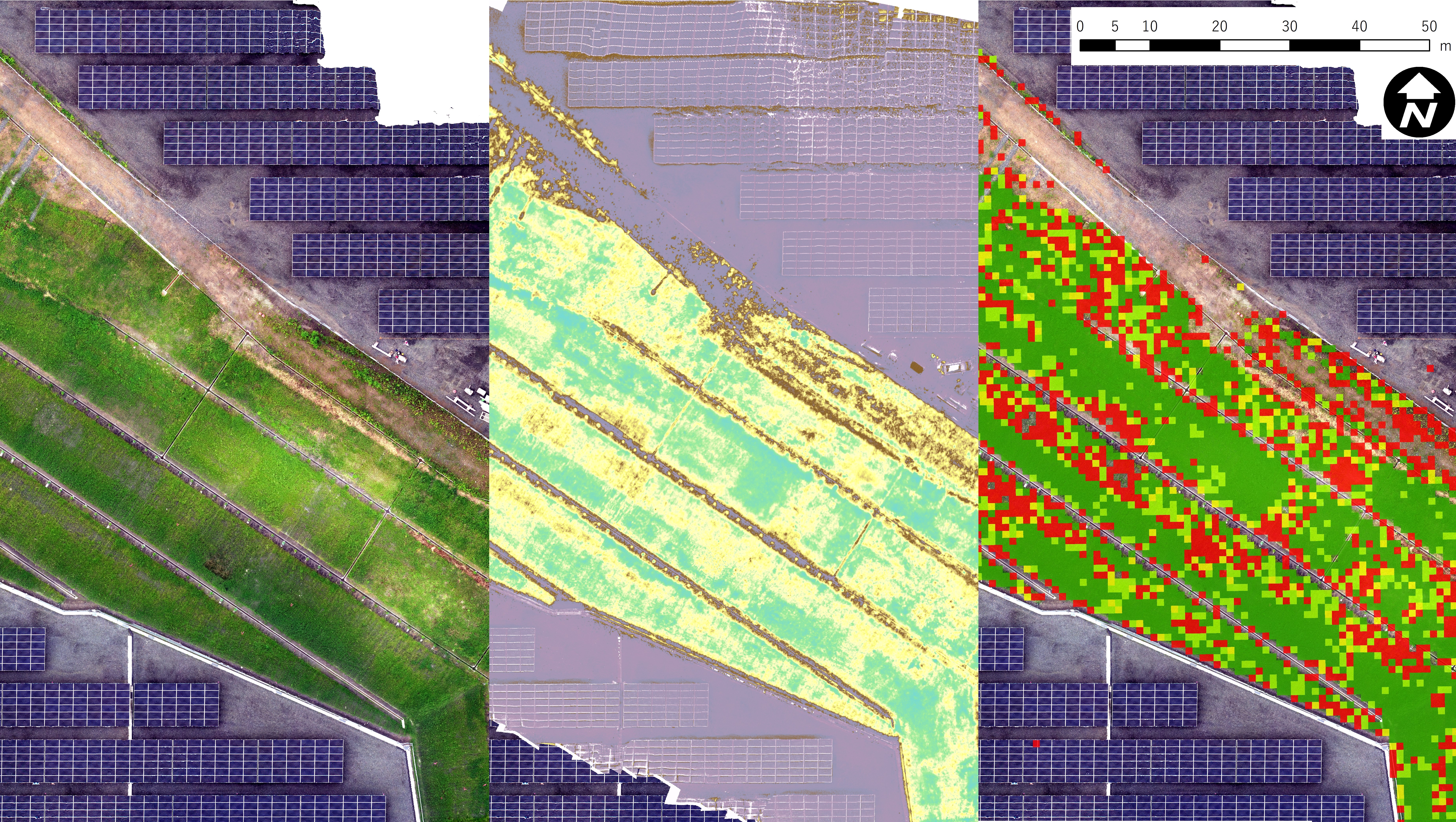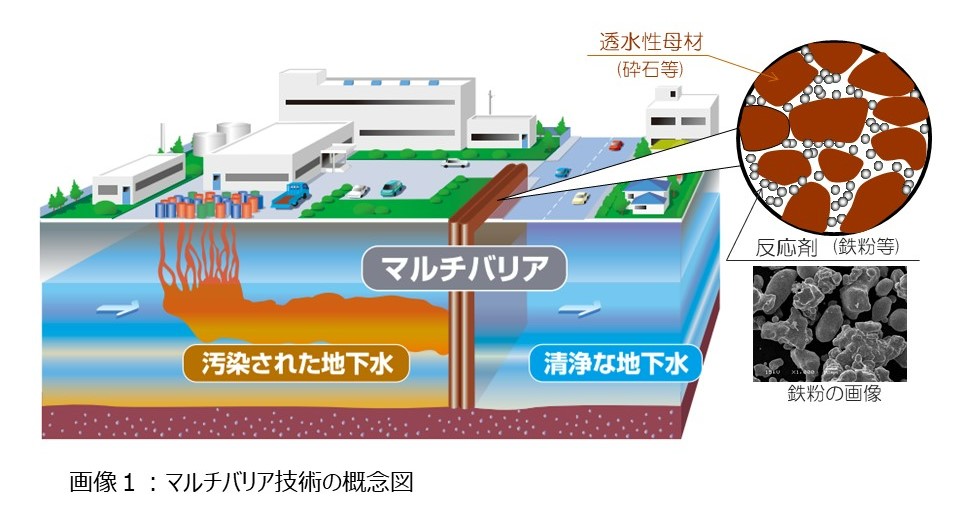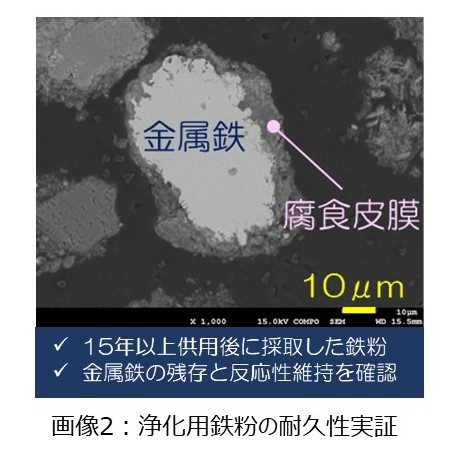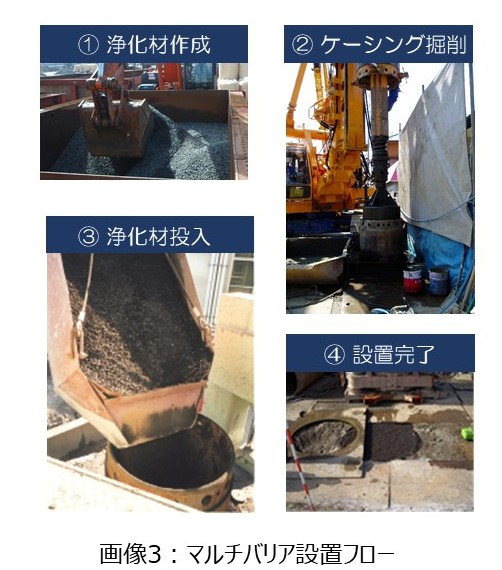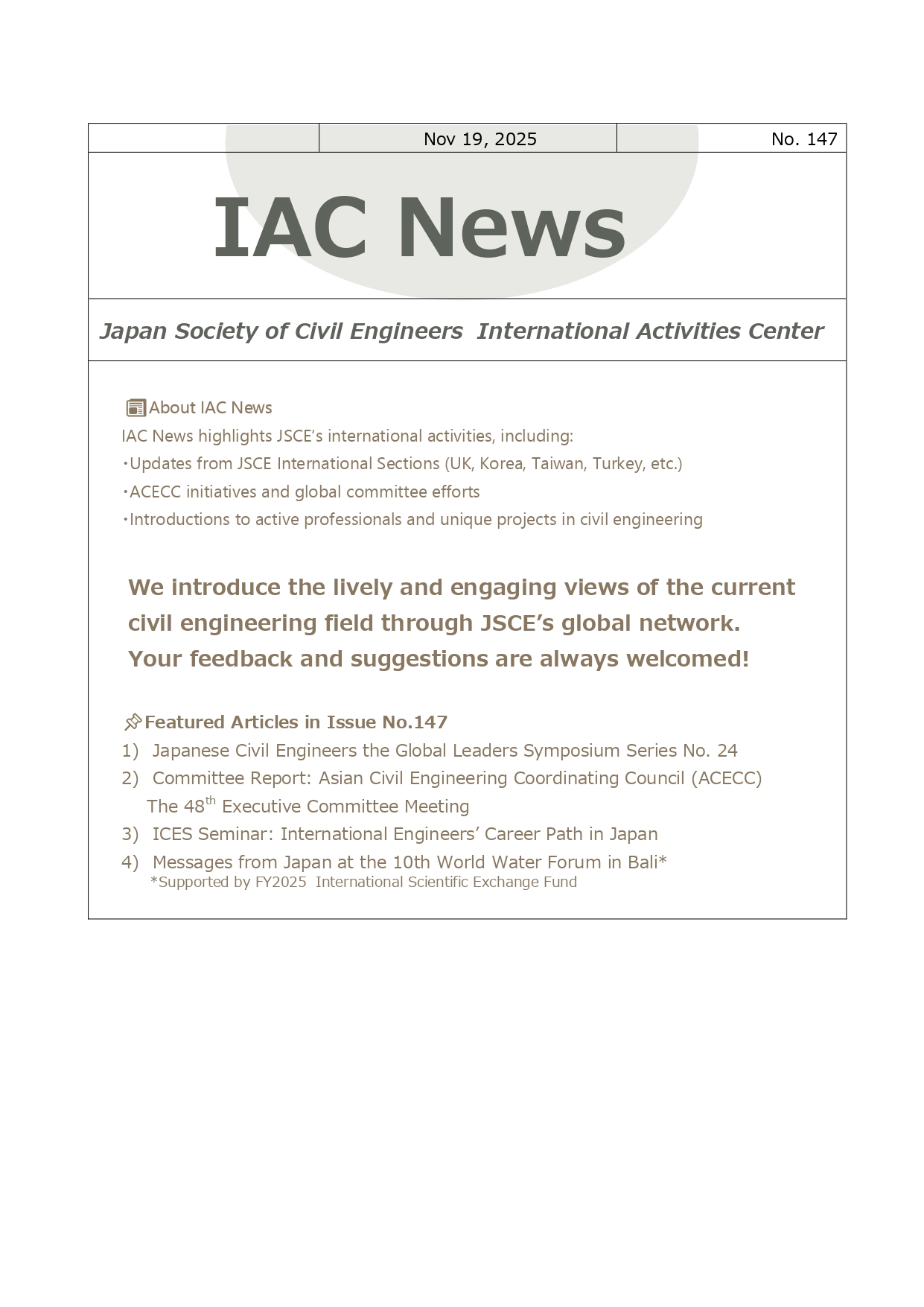2022 Environmental Awards
[Group-1]
1. Development and commercialization of an automatic addition system for secondary treatment agents to mud that responds to changes in soil properties.
- Nishimatsu Construction CO., LTD.
- TAC Corp.
The slurry shield construction method requires a reduction in the volume of secondary treatment soil (Mud cake) as it is considered industrial waste. This technology automates and visualizes the addition of secondary treatment agents in response to changes in excavated soil properties, making it possible to decrease the volume of secondary treatment soil, reduce environmental impact such as carbon dioxide emissions from transportation, and improve economic efficiency. In addition, stable secondary treatment is possible regardless of the worker's skill level, and the strength of the soil after secondary treatment does not decrease, improving the quality of the treated soil and contributing to environmental conservation such as recycling.
2. In-situ Bioremediation technology for contaminated groundwater supplying nutrients by groundwater circulation
- Kajima Corp.
This technology uses multiple double-tube wells with charge and discharge functions in one well, and by evaluating the anisotropy of ground permeability, artificially creates groundwater circulation and biostimulation. It is a highly unique technology that efficiently supplies the necessary nutrients to the entire target area in the ground. By circulating groundwater, it is possible to reduce the amount of clean water used, to extend the distance between wells, to downsize facilities, and to reduce the number of wells. It is a highly economical and practical technology that enable to remediate VOCs contaminated groundwater in factories under operation, which was difficult in the past.
3. Development and social implementation of an Integrated Transport Management System (ITMS) for the repackaging and transportation of the designated waste stored in large quantities at multiple locations in Fukushima Prefecture
- Okumura Corp.
- Nobuyoshi Yabuki
- Itochu Techno-Solutions Corp.
This project has developed and socially implemented an Integrated Transport Management System (ITMS) which ensures safe and smooth transportation and management of designated waste that is contaminated by radioactive materials, which is a socially important issue.
This system can classify and digitize the designated waste temporarily stored at many locations, based on its type, physical property, radioactive concentration, etc., with various investigations and take measures to repackage the designated waste in accordance with the storage condition, aiming to manage and operate safe and smooth transportation of the waste to designated waste landfill disposal facilities or solidification treatment facilities in a cloud computing environment.
4. Quantitative Evaluation of Slope Vegetation Coverage Using UAV Aerial Images with Multispectral Sensor Camera
- KAJIMA CORP.
- IWATE UNIVERSITY
- TOKYO UNIVERSITY OF AGRICULTURE
This is a method to improve the quality control of slope greening by quantitative evaluating the greening quality based on the vegetation coverage rate using UAV aerial images with multispectral sensor camera. This method can calculate the vegetation coverage per 1m square by inputting the NDVI calculated from the aerial image. It contributes to the conservation and restoration of the environment such as landscape, biodiversity, and prevention of sediment runoff, by using this method to assess the vegetation state and prevent greening failures. And This improves safety, efficiency, productivity and reduce the damage animals and plants in the inspection of greening slopes.
[Group-2]
1. Continuous efforts to practical deploy and improve the reliability of contaminated groundwater diffusion prevention technology "Multi-barrier"
- TAISEI Corp.
In this project, as a maintenance-free groundwater remediation technology, "multi-barrier" (permeable reactive barrier) that allows groundwater to pass through and removes only contaminants have developed. This technology has been established as a promising remediation tool through the development of wide variety of reactive agents that can handle with regulated pollutants, the clarification of the purification mechanism, the durability evaluation, and the development of a reactivity recovery method. More than 70 remediation works over 25 years, including the first application in Japan, have demonstrated that this technology can greatly contribute to the preservation of the groundwater environment as well as the reduction of environmental impact and cost of remediation.
2. Pro-environmental port development in Susaki Port, Kochi Prefecture
- Sanyo Techno Marine, Inc.
- Waterfront Vitalization and Environment Research Foundation
- Ministry of Land, Infrastructure, Transport and Tourism Shikoku Regional Development Bureau
A 0.2 ha seaweed bed was created in a demonstration test site of seaweed bed formation at the widening works behind breakwater of Susaki Port in Kochi Prefecture. The seaweed beds are expected to play an important role not only as a habitat for organisms, but also to function as a blue-carbon ecosystem and contribute to the realization of a carbon-neutral port. In addition, a seaweed bedding test was conducted at the widening works behind breakwater for recycled use of steel slag hydrated matrix to clarify effective use of this material in port development.

